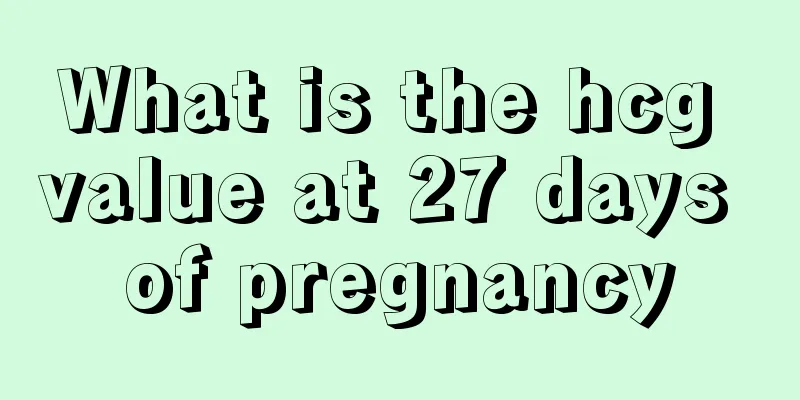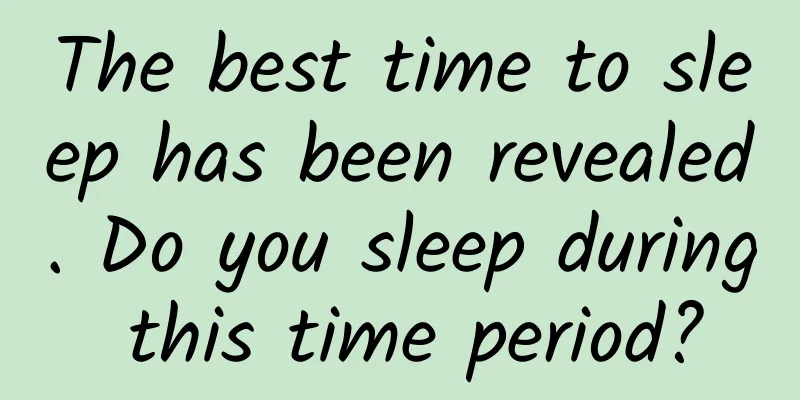Endometrial polyps pictures

|
Endometrial polyps are a common gynecological disease caused by excessive proliferation of the uterine wall, and are manifested as a single or multiple smooth lumps protruding from the uterus with pedicles of varying lengths. It can cause irregular vaginal bleeding and infertility. Women from childbearing age to postmenopause are all high-risk groups for uterine intrauterine polyps. The cause of the disease is currently unknown, but it is believed to be related to endocrine disorders. Ultrasound diagnosis is the main method, and intrauterine acoustic contrast examination has a higher sensitivity. Hysteroscopy is the gold standard for diagnosing uterine polyps. Hysteroscopic cystectomy is the preferred treatment for uterine polyps, but cysts are prone to recurrence. Uterine intrauterine polyps occasionally worsen, especially in postmenopausal women with vaginal bleeding. When the cysts show intestinal metaplasia, they should be treated as precancerous lesions. Causes of uterine polyps 1. Endocrine factors Because estrogen can promote endometrial hyperplasia and cause menstruation, the formation of uterine intrauterine polyps is closely related to excessive estrogen levels. Hormone replacement therapy for women during menopause and after menopause, and regular intake of health products containing hormone drugs, can both increase the level of estrogen in women's bodies. 2. Inflammatory factors Long-term gynecological inflammation stimulation, uterine foreign body (such as contraceptive ring) stimulation, childbirth, miscarriage, postpartum infection, surgical operation or mechanical stimulation may cause the formation of uterine polyps, and long-term inflammation stimulation will make the cysts larger. 3. Others Aging, high blood pressure, obesity, diabetes, and long-term use of tamoxifen after breast cancer surgery are all common factors for uterine polyps. Clinical symptoms of uterine polyps The disease can occur at any age after puberty, but is more common in women over 35 years old. Small uterine polyps often have no clinical symptoms and are often found during a rough examination after hysterectomy due to other diseases, or during a curettage. Some patients may experience excessive menstruation and prolonged menstruation, which is related to increased uterine wall area and excessive endometrial hyperplasia. Large or medium-sized cysts or cysts that penetrate into the cervical canal are prone to secondary infection and necrosis, resulting in non-menstrual bleeding and foul-smelling pink discharge. 1. Uterine bleeding outside of menstrual period Excessive menstruation and prolonged menstruation or abnormal uterine bleeding before menopause, but the severity of the symptoms is not related to the number, diameter and location of the cysts. 2. Abdominal pain It usually starts in the second half of the menstrual period, becomes more severe, and gradually disappears after the menstrual period ends. It is mainly caused by the obstruction of uterine polyps, which leads to the obstruction of menstruation. 3. Abnormal leucorrhea A very small number of patients with large cysts may have excessive leucorrhea or secretions containing blood, or irregular bleeding, especially after sexual intercourse and when squatting and straining to defecate. |
<<: What happens if the endometrium is too thick?
>>: Symptoms of Endometrial Thickening
Recommend
Cervical biopsycin1
The uterus is very important for women, but it is...
Stop eating these common snacks immediately! Or they may cause poisoning! Have you ever eaten them?
Expert of this article: Pa Lize, Chief Physician ...
What happens when you are pregnant with cervicitis?
Women should undergo various physical examination...
What should I do if the wound hurts after sneezing during cesarean section?
The wound left by a cesarean section is difficult...
Why do adult women wet the bed?
Bedwetting is more common in children, while bedw...
Causes of hyperthyroidism in women
Compared with men, women are more likely to suffe...
How can women lose weight if they have fat waist?
Many women want to have a waist as slim as a snak...
How big does the uterine dilator need to be?
The cervical dilator is relatively unfamiliar to ...
What to eat before pregnancy to give birth to a boy
For some people, having a boy or girl is a matter...
How long does it take for the ovaries to recover after egg retrieval?
Nowadays, with the increasing pressure of people&...
Micro-pulse laser technology, a safe choice for mesothelioma treatment
Author: Tian Bei, Chief Physician, Beijing Tongre...
I just got pregnant and my lower abdomen hurts
In the early stages of pregnancy, if you experien...
How to abort a month-old pregnancy
I accidentally got pregnant with my boyfriend, bu...
Can I drink sour jujube seed tea during menstruation?
Women have a few days every month when they are i...









